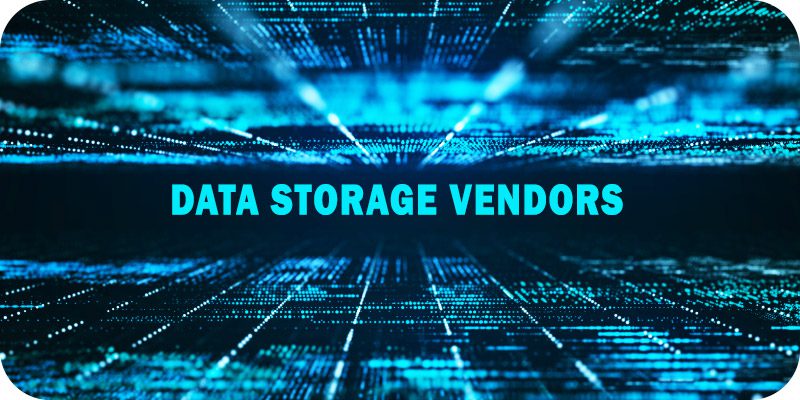Data Storage Vendors: 4 Evaluation Keys to Consider


This is part of Solutions Review’s Premium Content Series, a collection of contributed columns written by industry experts in maturing software categories. In this submission, Quantum Senior Director of Product Eric Bassier offers four keys to consider when evaluating prospective data storage vendors.
 Nowadays, data should be treated as your business’s most valuable asset because it is. Organizations everywhere are looking for ways to derive value from the massive amount of data they are generating in order to make more informed business decisions and find new revenue opportunities.
Nowadays, data should be treated as your business’s most valuable asset because it is. Organizations everywhere are looking for ways to derive value from the massive amount of data they are generating in order to make more informed business decisions and find new revenue opportunities.
To do this, however, organizations must first understand the type of data they’re collecting to best decide on the most appropriate storage solutions to meet their unique data management needs. After all, you can’t get value from your data if it isn’t stored and secured properly or if it’s too difficult to access. But that leaves the question: how do you know which solutions are right for you?
Evaluating Data Storage Vendors
Conduct an In-Depth Audit
Before deciding which storage solution would be the best choice for their organization, CIOs and line of business owners need to know the type of data their organization collects as well as how much they need to retain for the long term. Why is this important? Unstructured data, like video and imagery, makes up most of the data that organizations generate daily. By 2025, IDC projects that there will be 163 zettabytes of data worldwide – 80 percent of which will be unstructured.
Unstructured data is usually in the form of large files or objects with unique processing requirements, and these files and objects consume most of the storage capacity available in most organizations. Additionally, you need to evaluate how much of the data you’re generating needs to be archived and for how long, whether it needs to be retained for compliance purposes or for analytics that impact business decisions or reused for another project—like video footage—down the road. Understanding these two variables will inform the best method of storage—and how much capacity— you need to implement.
Understand Your Options
Once you have a clear understanding of the type of data you are generating and how much will need to be retained, you should then take the time to determine where to store the data based on your organization’s needs.
There are a couple of things to consider: First, consider whether you’d prefer to store your data in the cloud or on-prem. While both options have pros and cons, you should consider costs, compliance, speed, backup, and security before deciding. The reality is that some workloads are best suited for public cloud infrastructure, and some workloads are better suited for on-premises storage.
Public cloud storage is typically best suited for non-permanent workloads that require very fast uploads and instant sharing. The public cloud provides great flexibility in this regard but can be very expensive to host files and objects that will be stored for months, years, and decades – especially any data that will be used with any type of frequency. Often, organizations will deploy a combination of on-prem and cloud storage to create a hybrid environment to support a variety of needs and workloads.
Find Your Fit
When all the pros and cons of on-prem vs. in the cloud have been weighed, you can move to find the best storage solution. For on-prem storage, consider which backup solution would make the most sense for your organization, for example, tape versus disk or a combination of the two. Ask yourself questions like how frequently the data needs to be accessed, what budget is available, and whether offline solutions are needed.
For example, while disk-based storage is faster than tape, tape storage offers air-gapped backup, which keeps an offline copy of data as an extra measure against hackers and other cyber threats. If sustainability is of concern, the tape may be the more appropriate choice, as this system emits less CO2 and requires less power cooling than disk-based storage.
Similar to choosing where to store the data (on-prem or in the cloud), many organizations use a combination of the two to get the benefits of fast storage for high performance, along with using tape for low-cost, secure, long-term archiving.
No Data is Created Equal
At the end of the day, no company has the same priorities and goals, meaning each organization has unique data storage needs and requirements. By taking the time to evaluate the types of data being generated and the best method of storage for that data, organizations can make the most informed decisions around their data management strategy, ultimately finding value in the data that they’re collecting and leading to better business outcomes in the long term.
- The Next Era of Data Usage: Infrastructure Implications of AI - June 16, 2023
- Data Storage Vendors: 4 Evaluation Keys to Consider - December 13, 2022
























